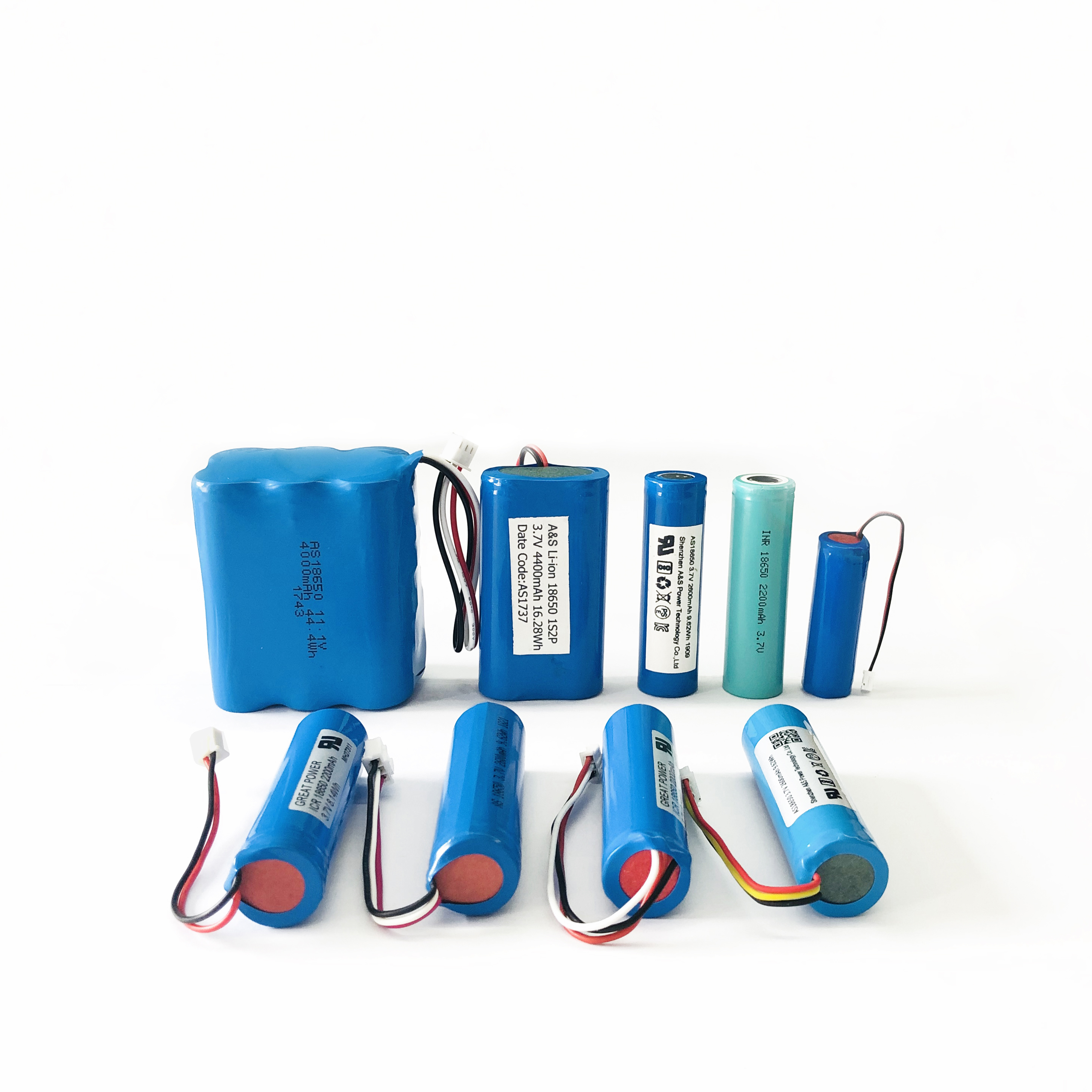Battery
Application
Hot product
Contact us
What are lithium ion battery PCM and BMS respectively? What is it for?
2021-07-02
Lithium-ion battery PCM can play the role of charging and discharging protection for the series and parallel battery packs, and can detect the overvoltage, overcurrent, overtemperature, undervoltage and short circuit state of each single battery in the battery pack, so as to extend the battery life and prevent damage of the battery due to overdischarge. The PCM of lithium battery is an indispensable part of lithium ion battery.
The PCM of li-ion battery also has the function of balanced protection, there are two ways of energy dissipation and energy conversion. Energy-dissipating equalization refers to the use of electrical resistance to dissipate the excess energy in a single cell with high power or voltage in a series of cells. Energy dissipation equalization can be divided into charging equalization, voltage fixed-point equalization and static automatic equalization.

Charging Balancing: During charging, when the voltage of any battery is higher than the average of all the voltages, the protection plate activates equalization protection.
Voltage fixed-point Balancing: The lithium ion battery protection plate is fixed at a voltage point to start equalization, which is only carried out at the battery charging end, with short equalization time.
Static automatic balancing: During charging or discharging, even if the battery is in static state, when the voltage is not consistent, the lithium ion battery PCM will start the balancing protection until the voltage is consistent.
The transfer-energy mode is to transfer the battery with large capacity to the battery with small capacity in the way of energy storage, so as to balance the capacity of the battery, which is divided into capacity constant Balancing and capacity fixed-point Balancing
The existence of the battery management system is to monitor, protect and balance the management of lithium ion batteries, so as to improve the working efficiency of lithium ion batteries
The existence of the battery management system is to monitor, protect and equalize the management of lithium ion batteries, so as to improve the working efficiency of lithium ion batteries.
-Similarities and Differences between lithium ion battery PCM and BMS
-Both the lithium-ion battery PCM and the BMS are used to protect the lithium-ion battery.
The difference is:
1. The PCM of lithium ion battery is composed of IC, MOS tube, resistor and capacitor elements. It is an important component of lithium ion battery. The battery management system can be edited and comes with battery management software, which is relatively more intelligent and equivalent to the brain of lithium-ion batteries.
2. The PCM of lithium ion battery has important applications in the fields of 3C lithium ion battery and power lithium battery, while the battery management system is applied in the field of power lithium battery.
3. The battery management system is related to better operation of the battery PCM, but its performance is unstable at low temperature.
The PCM of li-ion battery also has the function of balanced protection, there are two ways of energy dissipation and energy conversion. Energy-dissipating equalization refers to the use of electrical resistance to dissipate the excess energy in a single cell with high power or voltage in a series of cells. Energy dissipation equalization can be divided into charging equalization, voltage fixed-point equalization and static automatic equalization.

Charging Balancing: During charging, when the voltage of any battery is higher than the average of all the voltages, the protection plate activates equalization protection.
Voltage fixed-point Balancing: The lithium ion battery protection plate is fixed at a voltage point to start equalization, which is only carried out at the battery charging end, with short equalization time.
Static automatic balancing: During charging or discharging, even if the battery is in static state, when the voltage is not consistent, the lithium ion battery PCM will start the balancing protection until the voltage is consistent.
The transfer-energy mode is to transfer the battery with large capacity to the battery with small capacity in the way of energy storage, so as to balance the capacity of the battery, which is divided into capacity constant Balancing and capacity fixed-point Balancing
Battery management system.
Battery Management System (BMS for short) has the function of measuring battery voltage, including battery protection function, battery balance function, battery reserve function, energy measurement function, network communication function and so on. The battery management system can prevent abnormal conditions such as over discharge, over charge and over temperature.The existence of the battery management system is to monitor, protect and balance the management of lithium ion batteries, so as to improve the working efficiency of lithium ion batteries
The existence of the battery management system is to monitor, protect and equalize the management of lithium ion batteries, so as to improve the working efficiency of lithium ion batteries.
-Similarities and Differences between lithium ion battery PCM and BMS
-Both the lithium-ion battery PCM and the BMS are used to protect the lithium-ion battery.
The difference is:
1. The PCM of lithium ion battery is composed of IC, MOS tube, resistor and capacitor elements. It is an important component of lithium ion battery. The battery management system can be edited and comes with battery management software, which is relatively more intelligent and equivalent to the brain of lithium-ion batteries.
2. The PCM of lithium ion battery has important applications in the fields of 3C lithium ion battery and power lithium battery, while the battery management system is applied in the field of power lithium battery.
3. The battery management system is related to better operation of the battery PCM, but its performance is unstable at low temperature.











